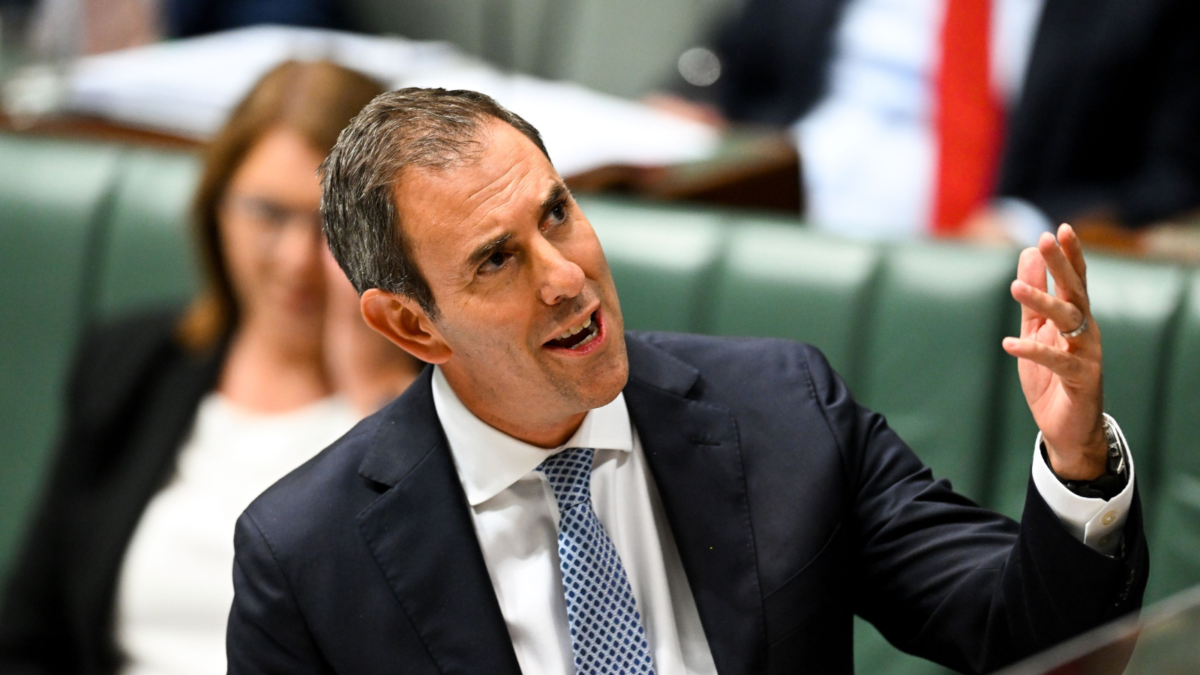Time to cash up as negative correlations disappear
In the six weeks between May 22 and mid-June, the way markets all acted together should have caused a change in approach to the asset allocation mix by institutional investors, according to CheckRisk. Negative correlations have gone and diversification is a questionable and expensive tool.
The UK-based investment risk consulting firm points out that US and European share markets, US and European bond markets, the global commodities market, emerging markets, EAFE and inflation-linked gilts all fell in that period.
For medium-long-term investors, such as most of Australia’s super funds, the consultancy is recommending an approach which involves a reduction in diversification, an increase in cash levels, introduction of risk overlays where possible and an acceptance of low short-term returns for the benefit of the long run.
Denis Carroll, CheckRisk CEO, said: “To my mind this challenges the current crop of opinions and puts a more active management focus on how to manage investors’ money.”
In its latest advice to clients, CheckRisk says that diversification for the purpose of protection against negative correlation is not working.
“Investors who agree with this conclusion are bound to make the next logical step. That is to run less-diversified portfolios to reduce the costs of diversification, to hold larger than normal levels of cash in order to be able to buy value when it appears, to accept lower short-term returns for the benefit of the long run, and to use diversification as a means of spreading the risk of making a poor investment choice by over-concentration of a portfolio. Those investors that are able to will also run option and futures overlay strategies…”
CheckRisk also adds a gentle dig at asset consultants in the note. It says: “We expect the use of such risk strategies to increase over time. This is not the domain of asset consultants. It is, however, not a challenge to their existing work; rather it is a complimentary source of risk management that allows a consultant to do what they do best while recognising that risks change over time and need to be managed accordingly. There is a strong case to be made that consultants should not stray into risk management for fear of a conflict of interest.”







